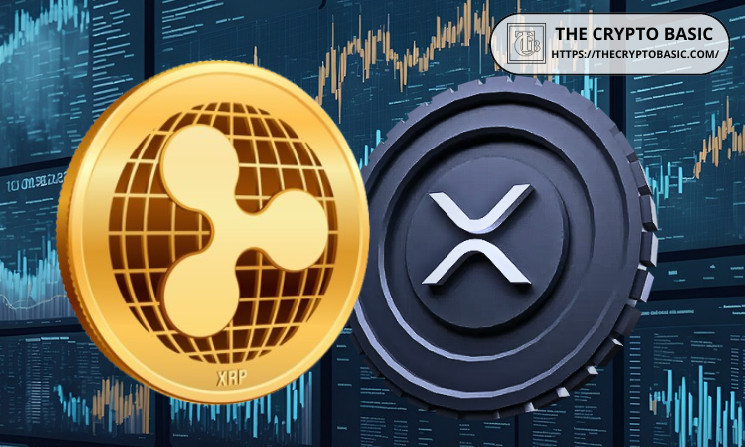Max Avery, a notable voice in the crypto community, recently highlighted the transformative potential of XRP and Ripple’s solutions in the $27 trillion cross-border payment market.
Avery pointed out that Ripple’s technology addresses some of the most entrenched inefficiencies in traditional banking infrastructure. He noted that this positions XRP as a key asset in reshaping global cross-border payments.
Among all the DeFi developments happening on the #XRPL – It’s important to revisit the cross-border payment market. The current cross-border space is around $27 trillion, and old systems are slow and expensive. @Ripple's solutions, settling in #XRP, could change how money moves…
— Max Avery (@realMaxAvery) October 28, 2024
Notably, the current cross-border payment market is hindered by outdated, costly, slow, and complex systems. Traditional systems often take 3-5 days to settle, involve multiple intermediary banks, have high fees, and have limited transparency.
Ripple and XRP Solution
However, Ripple Payments, formerly RippleNet, streamlines this process by creating a standardized global network of financial institutions using real-time messaging.
Central to Ripple’s offering is the On-Demand Liquidity (ODL) feature, which utilizes XRP as a bridge currency. ODL eliminates the need for pre-funded accounts. It provides automated currency conversion and real-time settlement across the XRP Ledger in 3-5 seconds.
Operating 24/7, Ripple Payments improves the efficiency of cross-border transactions. Moreover, it mitigates the capital constraints banks face under traditional systems by removing the need for nostro-vostro accounts.
Ripple’s Adoption Strategy
Avery highlighted that Ripple’s adoption strategy has focused on high-volume corridors and partnerships with major financial institutions worldwide. However, regulatory uncertainty has created challenges, particularly in the United States.
Avery noted that Ripple’s compliance-first approach and active engagement with regulators signal its commitment to a transparent and legally compliant expansion strategy. He expressed optimism for regulatory progress in the U.S. under future administrations, which could further enhance Ripple’s ability to serve key corridors.
Despite this, Avery highlighted that banks remain cautious due to their investments in legacy systems and a risk-averse culture. Even institutions with positive sentiments toward Ripple’s offerings face restrictions stemming from regulatory uncertainty.
Avery noted that Ripple is adopting phased implementations and hybrid solutions that integrate seamlessly with existing fiat systems to address these challenges.
Moreover, he emphasized that rising competition from fintech, growing customer expectations for better service, and trends in digital transformation are driving demand for enhanced payment solutions, positioning Ripple to effectively address these needs.
With the increasing acceptance of digital assets and the push to modernize payment infrastructures, Avery believes the momentum for Ripple’s solutions will continue to grow.
 thecryptobasic.com
thecryptobasic.com
